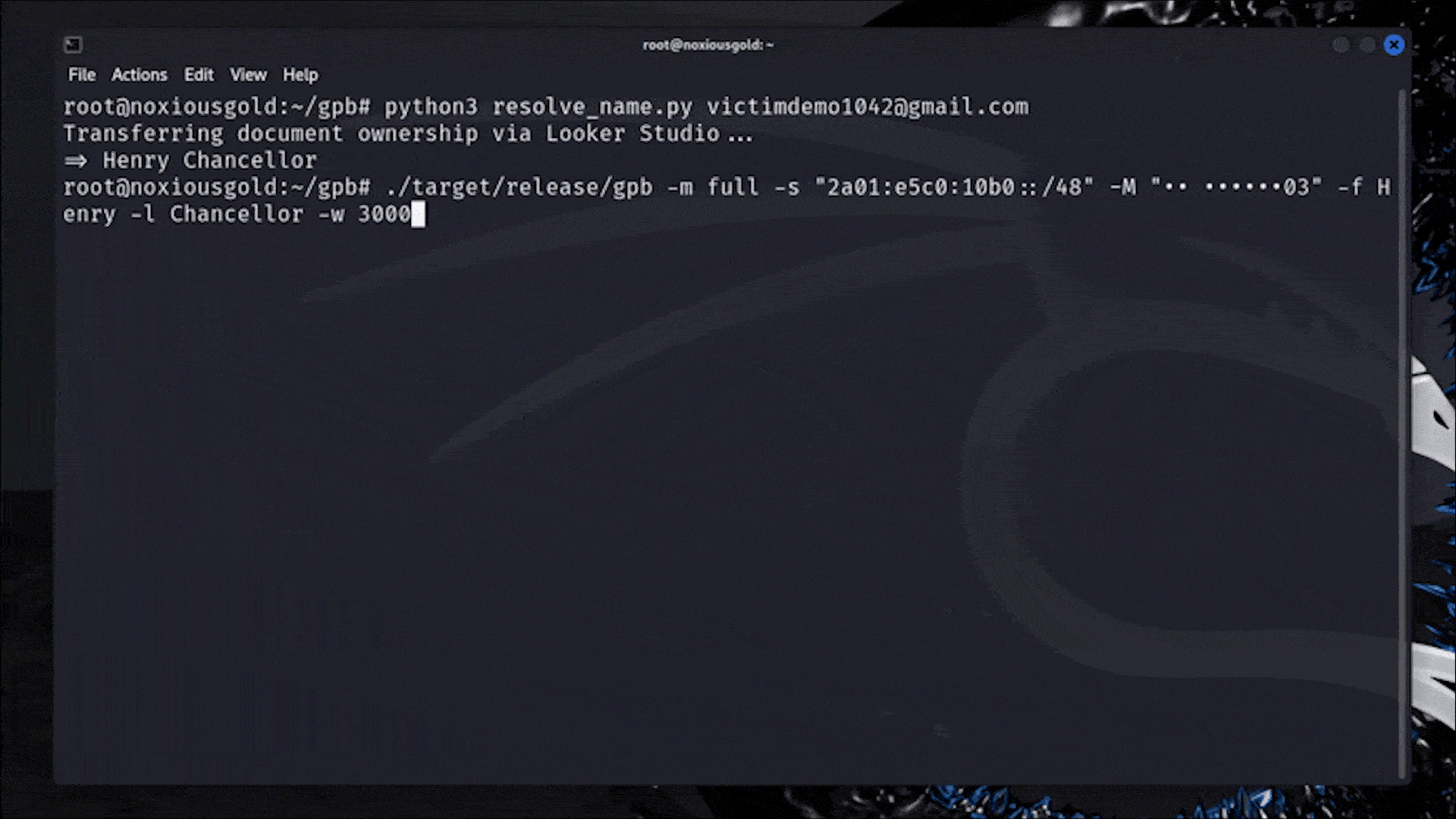Sleeping beauty bitcoin wallets wake up after 14 years to the tune of $2 billion
-
There's a window between the proof of concept success and Bitcoin being worthless where the attacker could attack any wallet and collect/sell while people figure out what is happening. The only question at that point is do you attack and sell aggressively to beat the clock, or do you slowly and carefully attack to try and stay under the radar? If one person has the ability to break crypto, then it follows that other people working towards it only have to align the same pieces before the window shuts.
Crypto is and always has been a scam.
Considering that you'd need a paradigm-breaking revolutionary and incredibly expensive device to do so, I'd find it hard to believe that you could stay under the radar with it.
What I'd expect to happen is that some big corporation and/or university manages to build a quantum computer capable of breaking 256bit encryption, and quite instantly after the announcement bitcoin will tank into nothingness or will change the algorithm to something quantum-computer safe. Well before some shady actor will get their hands on a quantum computer to crack wallets.
-
Bitcoin private keys are 256 bit long. That means, there are 115792089237316195423570985008687907853269984665640564039457584007913129639936 (1.15*10^77) possible private keys.
Say you are using a bitcoin miner that's roughly 4x as fast as the curretly fastest one at 1PH/s (1*10^15), they you'll need roughly 1*10^62 seconds or 3*10^54 years.
Lets say you got a million of these miners, then you are down to 3*10^48 years, or 2*10^38 times as long as the universe has existed.
I was going to calculate how much electricity this would consume and how expensive it would be, but the answer to that is plainly "too much to imagine".
- brainwallet has entered the chat
-
Btw, banks will flag multiple transactions of $9,999 even if the reporting threshold is $10k USD. Structuring to avoid the $10k reporting requirement is well known and no guarantee of remaining under the radar.
Not even that close. They'll flag any recurring fairly large transactions under 10k.
-
I hear this a lot but I don’t put any confidence behind it. This argument suggests that one day we’ll be able to brute force into lost wallets when we can break the encryption. Who knows how far in the future that will be.
But if I recall correctly, Bitcoin’s protocol is consensus driven. If there is an imminent threat of quantum computing, the developers could just improve the code base to resist it. Or fork the protocol to one that is resistant (Bitcoin 2). Then it’s up to 51% of the Bitcoin node operators to adopt the protocol. As soon as 51% of them upgrades, you immediately stop the threat.
I think the only reason Bitcoin is around is for two reasons: speculation, or the persons that actually believe it’s decentralised hard money free from control. I’d like to believe that there are a ton of people out there that run the BTC nodes to keep it decentralised. If there is an update that will resist quantum computing, I’m sure they’ll be eager to immediately upgrade their nodes and secure the network and those wallets. At least that’s how I believe it works, it’s been years since I first began researching it.
As an aside,
Bitcoin isn’t for me because I hate the environment impact. I hope one day it will become green, because it’s never going to go away. But I don’t blame the people that believe in it. In a world where the rich own everything and control the rules, these people are trying to opt out I guess - use a form of money that can’t be easily controlled or censored. Granted it’s all based on speculation, and whenever we run out of Bitcoin is probably when the system will become useless. Spending is discouraged when you run out of coins, so I don’t know how the Bitcoiners defend that argument. So definitely not for me.Edit, on mobile so fixed some typos and clarified the 51% attack.
This argument suggests that one day we’ll be able to brute force into lost wallets when we can break the encryption. Who knows how far in the future that will be.
Nobody knows if a quantum computer is actually possible to build, but in theory, if a quantum computer is built, RSA would be exponentially easier to crack.
-
This sounds fishy.
What if somebody found out the private key for those accounts? Like, brute forced them?
Is it even technologically possible?
Yes, it's possible, but more like "brute forcing the password of a wallet software and get the keys that way".
-
Somebody found their missing hard drive
That guy who want to search a landfill probably.
-
Bitcoin private keys are 256 bit long. That means, there are 115792089237316195423570985008687907853269984665640564039457584007913129639936 (1.15*10^77) possible private keys.
Say you are using a bitcoin miner that's roughly 4x as fast as the curretly fastest one at 1PH/s (1*10^15), they you'll need roughly 1*10^62 seconds or 3*10^54 years.
Lets say you got a million of these miners, then you are down to 3*10^48 years, or 2*10^38 times as long as the universe has existed.
I was going to calculate how much electricity this would consume and how expensive it would be, but the answer to that is plainly "too much to imagine".
I was going to calculate how much electricity this would consume and how expensive it would be, but the answer to that is plainly “too much to imagine”.
Purely hypothetically speaking, but, what if someone had their own private Dyson Sphere generating electricity? (Asking for a friend.)
-
Not even that close. They'll flag any recurring fairly large transactions under 10k.
I'm unfamiliar as I've never had such. What counts as re-occuring? Is two payments always considered re-occuring?
-
Bitcoin private keys are 256 bit long. That means, there are 115792089237316195423570985008687907853269984665640564039457584007913129639936 (1.15*10^77) possible private keys.
Say you are using a bitcoin miner that's roughly 4x as fast as the curretly fastest one at 1PH/s (1*10^15), they you'll need roughly 1*10^62 seconds or 3*10^54 years.
Lets say you got a million of these miners, then you are down to 3*10^48 years, or 2*10^38 times as long as the universe has existed.
I was going to calculate how much electricity this would consume and how expensive it would be, but the answer to that is plainly "too much to imagine".
Yeah, my password was Hunter2
Username: Username -
I was going to calculate how much electricity this would consume and how expensive it would be, but the answer to that is plainly “too much to imagine”.
Purely hypothetically speaking, but, what if someone had their own private Dyson Sphere generating electricity? (Asking for a friend.)
The power consumption would be 5*10^62 Wh.
The sun outputs 3.9*10^26 W. If you captured all that energy with 100% efficiency, you would need 1.3*10^36 hours or roughly 1*10^22 times the age of the universe to collect enough energy.
That's incidentally roughly the estimated number of stars in the universe.
So if you put a dyson sphere around every star in the universe, right after the big bang (ignoring that stars didn't form instantly after the big bang) and you ran them until today, then you'd have just about enough energy to crack one wallet with current tech.
-
This is correct for a given transaction, but there's no consensus needed to open a Bitcoin wallet. That is usually just a private key in an encrypted envelope.
Got it, thanks for that distinction. It’s been years since I last looked into this stuff. Makes sense for a dormant wallet.
If a wallet is not dormant in this scenario, then active users could just migrate their wallet to another wallet and then they’ll be good to go.
-
Silk road
If he made the Silk Road mostly to kickstart BTC, after buying a pile of BTC, and then waited till now to sell it - then he's kinda smart.
-
This post did not contain any content.
Sizable inactive accounts that wake up after years of dormancy draw investor attention because of the potential market impact if those coins are sold.
It would make me very happy if they liquidated and destroyed the market overnight.
-
Maybe because I'm high, but you just made me ugly laugh on the bus. I just saw fireworks. And now I'm remembering that plan I had to go back to the early 90s, and buy stock in yahoo. But through a telephone error, I ended up buying cases of yoohoo instead. Still worth it. I got to go back in time and see a micheal jackson concert when he was still black, and a Nirvana concert back before they were heard of.
Still though.....to be a billionaire.
early 90s
micheal jackson still black
Nirvana before they were heard of

-
I'm unfamiliar as I've never had such. What counts as re-occuring? Is two payments always considered re-occuring?
It can be, if they're fairly close in time and total just past 10k.
Every bank has their own algorithm and they try to ride the line between catching criminals and not having too many false positives.
-
If he made the Silk Road mostly to kickstart BTC, after buying a pile of BTC, and then waited till now to sell it - then he's kinda smart.
Who says human traffickers have to be dumb?
-
Sizable inactive accounts that wake up after years of dormancy draw investor attention because of the potential market impact if those coins are sold.
It would make me very happy if they liquidated and destroyed the market overnight.
Buttcoiner
-
Sounds like you need another visit from Doc Brown. I heard he'll come visit, if you give him first pick of your trash
Mister fusion is a hungry, hungry boy
-
Btw, banks will flag multiple transactions of $9,999 even if the reporting threshold is $10k USD. Structuring to avoid the $10k reporting requirement is well known and no guarantee of remaining under the radar.
The feds also like to criminally prosecute people if they do transactions that can be construed to be avoiding the reporting limit.
-
Bitcoin private keys are 256 bit long. That means, there are 115792089237316195423570985008687907853269984665640564039457584007913129639936 (1.15*10^77) possible private keys.
Say you are using a bitcoin miner that's roughly 4x as fast as the curretly fastest one at 1PH/s (1*10^15), they you'll need roughly 1*10^62 seconds or 3*10^54 years.
Lets say you got a million of these miners, then you are down to 3*10^48 years, or 2*10^38 times as long as the universe has existed.
I was going to calculate how much electricity this would consume and how expensive it would be, but the answer to that is plainly "too much to imagine".
Yeah that's if you were to try to bruteforce the entire keyspace one key at a time. Nah. You'd look for sidechannel attacks which could reduce the keyspace by many orders of magnitude before starting.
-
‘I blame Facebook’: Aaron Sorkin is writing a Social Network sequel for the post-Zuckerberg era
Technology 1
1
-
Big Tech CEOs Spent Millions to Influence Trump and Republican Lawmakers, Attempting to Secure Billions in Tax Handouts Paid For By Ripping Health Care, Food From Families
Technology 1
1
-
-
-
-
A judge set the timeline for the Amazon antitrust trial, which starts on February 9, 2027
Technology 1
1
-
 2
2
-



